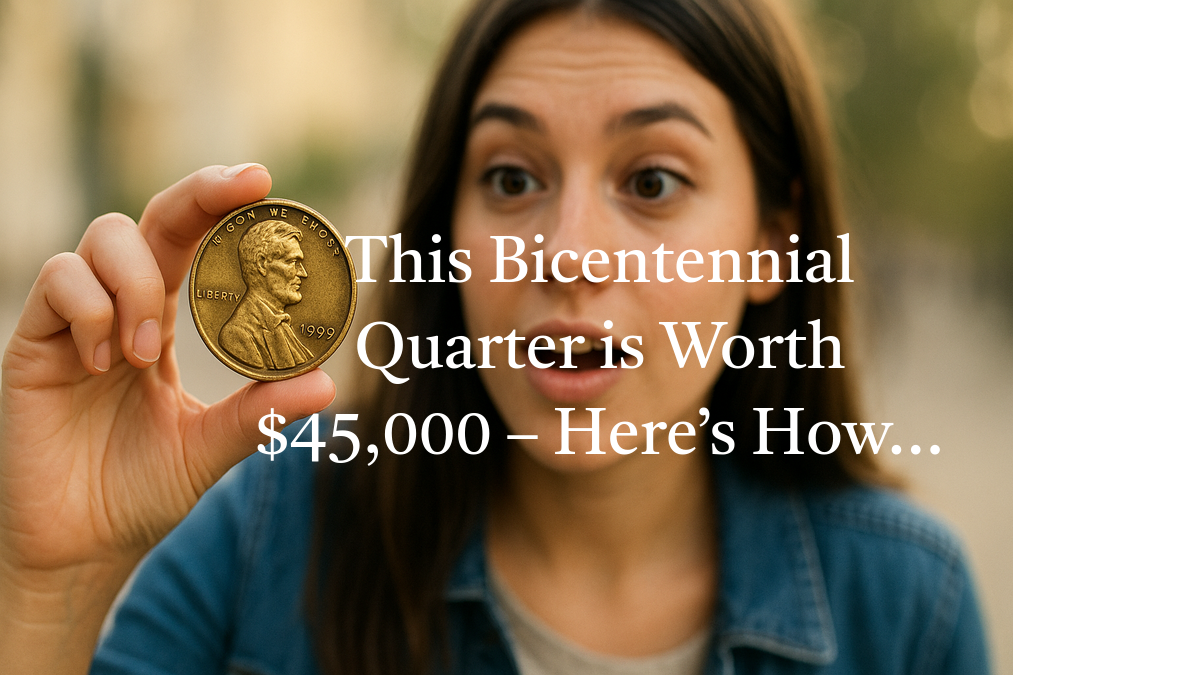Most people think of quarters as everyday pocket change, worth exactly 25 cents. But what if one of those coins could be worth $45,000 or more? That’s the case with a rare Bicentennial Quarter that has sent collectors into a frenzy. Before you dismiss your coin jar, take a closer look—you might be holding a fortune in your hands.
Why the Bicentennial Quarter Is So Special
In 1976, the U.S. Mint celebrated America’s 200th birthday by releasing special Bicentennial coins. The Washington quarter got a temporary redesign, featuring a drummer boy on the reverse side and the dual date “1776–1976” on the front. While millions of these quarters were made, only a few are considered highly valuable—and it’s not just about the design.
What Makes One Worth $45,000?
It’s all about errors, rarity, and metal composition. Here are the exact features that could make a Bicentennial Quarter skyrocket in value:
- Struck on a 90% silver planchet: Most quarters are made of copper-nickel. If yours is silver, it’s instantly more valuable.
- Proof error or double die: Some quarters were struck twice by mistake, creating a “double image” effect—especially noticeable on the lettering or drummer boy.
- San Francisco Mint (S mark): Some rare proofs were minted in San Francisco and weren’t intended for circulation. These can be extremely valuable if they slipped into public hands.
- Uncirculated condition or graded MS-67+: Coins with perfect or near-perfect condition fetch the highest auction prices.
Combine one or more of these traits, and your quarter could be worth tens of thousands.
How to Check If You Have One
- Check the Date: Ensure it reads 1776–1976.
- Inspect the Reverse: Look for the drummer boy design.
- Examine the Edge: A solid silver coin has a different color than standard coins—no copper visible.
- Use a Magnifying Glass: Look for doubling in the letters, numbers, or design.
- Check for Mint Marks: An “S” mint mark might indicate a proof coin, while “D” or no mark are common.
Still unsure? Visit a coin dealer or send the coin to a grading service like PCGS or NGC for professional evaluation.
The Growing Demand for Rare Quarters
With coin collecting becoming more popular thanks to social media, values are rising fast. A Bicentennial Quarter that sold for a few hundred dollars a decade ago can now sell for tens of thousands due to demand from collectors and investors alike. The market for rare U.S. coins is booming, and this is your chance to cash in.
